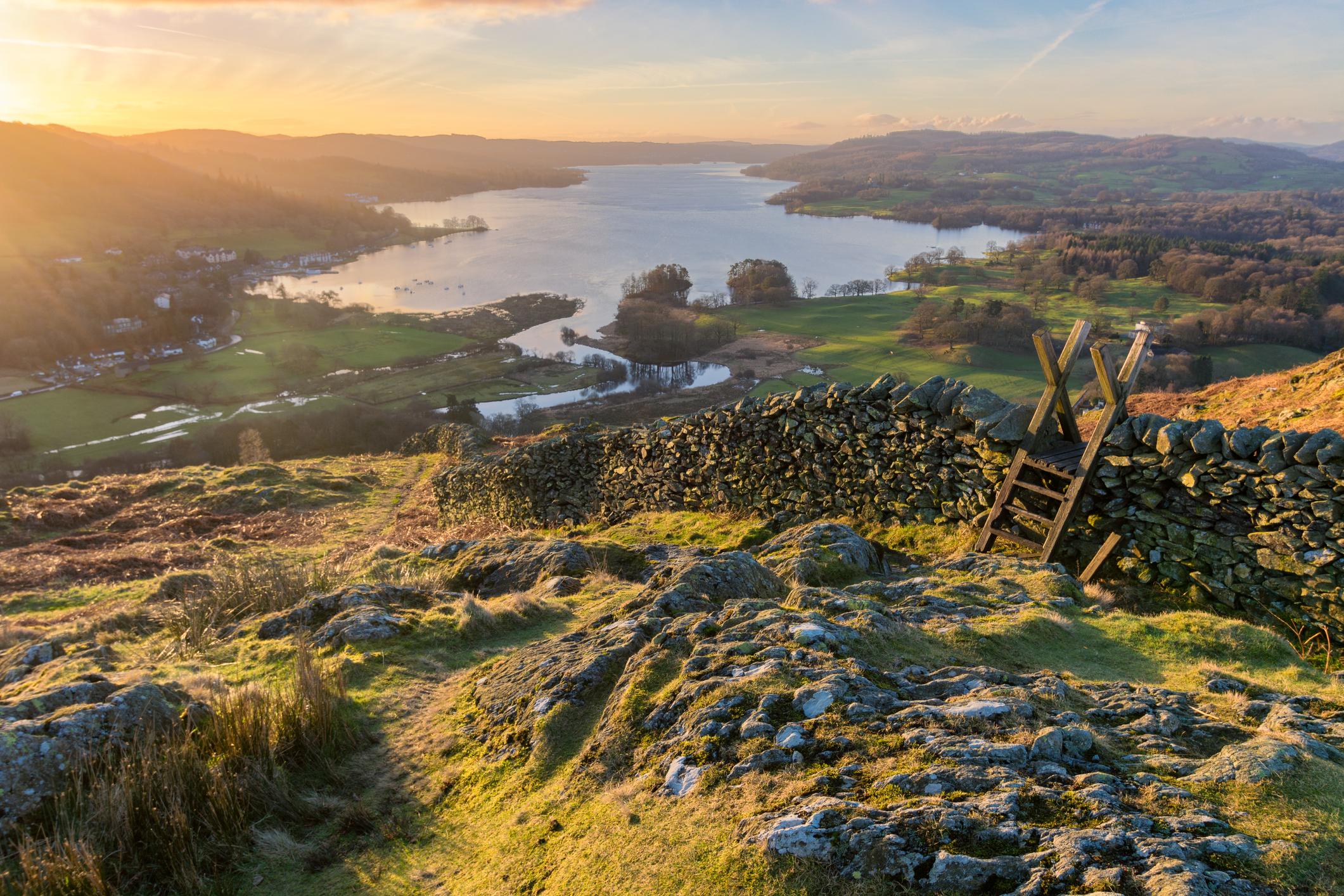Countryside Code: How to be a good staycationer this summer
As a new set of guidelines is launched, The Independent looks at how we can holiday ‘well’ this year

For the first time in more than a decade, the Countryside Code has had a revamp.
Seventy years after it was published in its first ever form – a natty booklet in 1951 – the Code has been reimagined for a 2021 audience by Natural England. And not only that – for a post-pandemic audience, stuck inside for much of the year and desperate to get out into the country’s green and wild spaces now that “stay at home” orders are finally lifting around the UK.
But in our excitement to enjoy the nature that surround us, particularly as the weather improves and we’re allowed to meet with groups of family and friends outdoors once again, it’s important to remember that our beloved beauty spots will only remain so if we treat them right. Following the easing of restrictions in England, coupled with a few unseasonably hot days, parks and beaches around the country were recently left tarnished by a blanket of litter, with horrified locals sharing snaps and videos on social media.
Many Britons have already decided to stay put this spring and summer, deterred from travelling abroad by uncertainty over restrictions and rules. As we plan domestic holidays and day trips closer to home, here’s how to be a good staycationer according to Natural England.
Be nice
Yes, your English teacher might have taught you never to use that word, but the Countryside Code is now employing it and encouraging us all to encapsulate the sentiment. “Be nice, say hello, share the space”, says the code. Slow down or stop for horses, walkers and livestock when driving or cycling, and give them plenty of room. Cyclists are told to give way to walkers and horse riders on bridleways, while walkers should take care not to obstruct or endanger those on bikes.
Read more:
- Why well-heeled travellers are flocking to Kenya during lockdown
- British travellers race back from European Union to beat midnight Brexit deadline
- Boris Johnson to unveil holiday roadmap on 5 April
- World cruise costing £58,000 sells out in under a day
- Holidaymakers in Spain must wear masks on the beach
Visitors should leave gates and property as they find them and give livestock plenty of room if walking through a field (and don’t ever be tempted to feed them). If you’re walking, stay on marked paths – even if they’re muddy – to help protect crops and wildlife.
Leave no trace
One of the guiding principles of the Code has long been to “leave no trace” – something many of this week’s revellers could do with learning. In essence, it means you enjoy nature in such a way that there’s no evidence you were ever there. In practice, it means you shouldn’t leave anything behind, especially rubbish: “Remember to bring a bag with you and take your rubbish and food waste home, use public bins or recycle if possible,” says the Code. “Litter spoils the beauty of the countryside and can be dangerous to wildlife and livestock. Dropping litter and dumping rubbish are criminal offences.”
By this same token, dog owners are asked to be scrupulous about picking up their pet’s poo, bagging it and throwing it in a bin – any public wastebin will do. “Never leave bags of dog poo around, even if you intend to pick them up later,” reads the guide. If you can’t find a public bin, take poo home and put it in your own bin – never just leave it.
If you’re somewhere that allows barbeques, be sure to put yours out afterwards, make sure the ashes are cold and dispose of them responsibly. “Fires can be as devastating to wildlife and habitats as they are to people and property,” says the Code.
Watch your dog
“The countryside, parks and the coast are great places to exercise your dog but you need to consider other users and wildlife,” read the guidelines. “Keep your dog under effective control to make sure it stays away from wildlife, livestock, horses and other people unless invited.”
Make sure your dog is always on a lead or in sight; that your dog will always return on command; and that your dog doesn’t stray from the path or area where you have right of access. Keep your dog on a lead around livestock, and on Open Access land between 1 March and 31 July (the latter is a legal requirement).
And always check local signs, as there are situations when you have to keep your dog on a lead for all or part of the year. Local areas may also ban dogs completely, except for assistance dogs.
Know your signs
From byways to bridleways, footpaths to open access areas, different signs in the countryside denote different rules for what’s allowed. Check them out beforehand to ensure you know what’s permissible.
Enjoy the outdoors
That’s the main goal in the end – that everyone can enjoy the great outdoors. One of the best ways to do that is to plan ahead and go prepared – the Code suggests checking routes and conditions beforehand, plus the weather and tides if applicable. Safety first: “Tell someone else where you are going and when you expect to be back. In rural areas you may not see anyone for hours and phone signals are unreliable in many places.”
Make sure you dress for the weather and conditions too, and take any snacks and extra layers you might need.
Join our commenting forum
Join thought-provoking conversations, follow other Independent readers and see their replies
Comments
Bookmark popover
Removed from bookmarks